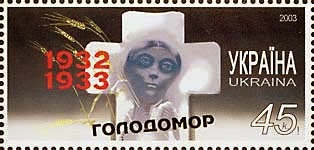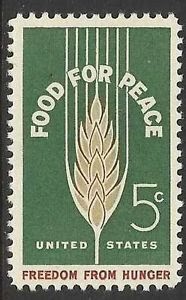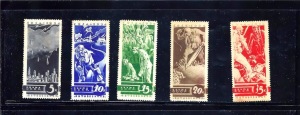Thematic stamp collecting along conceptual lines has never really caught hold. There was a great gold medal collection making the rounds of the APS Champion of Champions shows several years ago entitled “Murder” where the collector sought to portray how murder was shown on stamps from individual murderers to genocide (such as the Holocaust). But few other thematic collections have tried the “concept” route, and today we are mostly stuck with thematics such as Birds on Stamps or Disney which really only use stamps as pictures in a scrapbook to illustrate the collection’s thematic point. From a historian’s or social scientist’s perspective, a good thematic collection could be far more satisfying than traditional philately. Research opportunities in most mainstream philatelic areas have either been done many times or else are relegated to the extreme fringes of postal history or plate varieties. Many subjects have never been collected philatelically and offer wonderful opportunities for collectors.





